
The modern internet has become a cornerstone of our daily lives. From communicating with friends and colleagues to shopping, banking, and entertainment, it's deeply integrated into everything we do. However, over the past two decades, the internet has become increasingly centralized. Today, a small number of powerful corporations — often referred to as "Big Tech" — control the majority of web traffic, user data, and infrastructure.
These companies, such as Google, Amazon, Facebook (Meta), Apple, and Microsoft, operate massive data centers that host much of the world’s information. While this centralization has brought about speed, convenience, and innovation, it has also introduced major concerns:
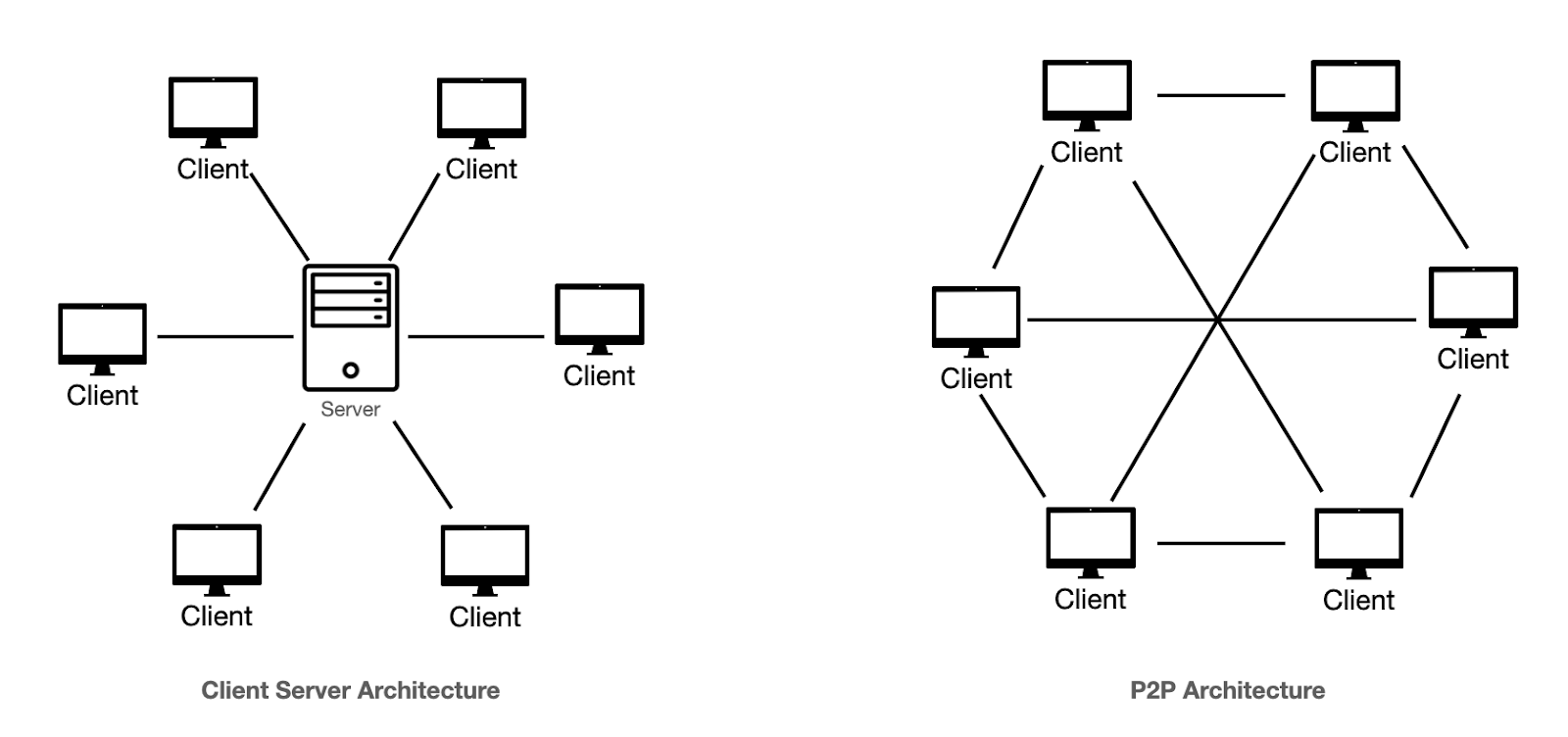
The decentralized internet is a new paradigm — often referred to as Web3, the distributed web, or the peer-to-peer web. Instead of relying on centralized servers and authorities, it leverages technologies that enable data to be shared, stored, and accessed across a distributed network.
In this model:
Here’s a basic comparison of centralized vs decentralized web models:
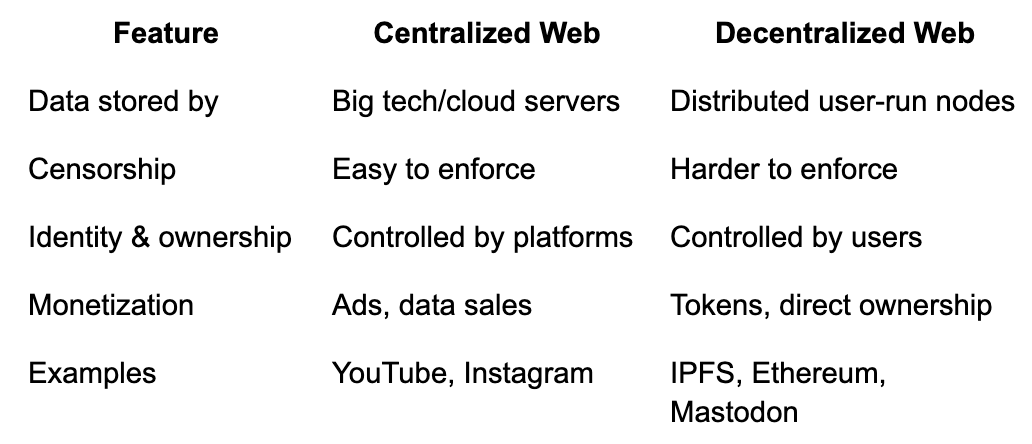
Decentralized internet relies on several core technologies. Let’s break them down:
IPFS is a peer-to-peer file storage system where files are split into chunks, each assigned a unique cryptographic hash. Instead of URLs pointing to a location (like a traditional server), IPFS links refer to the file’s content, making it verifiable and immutable.
This means:
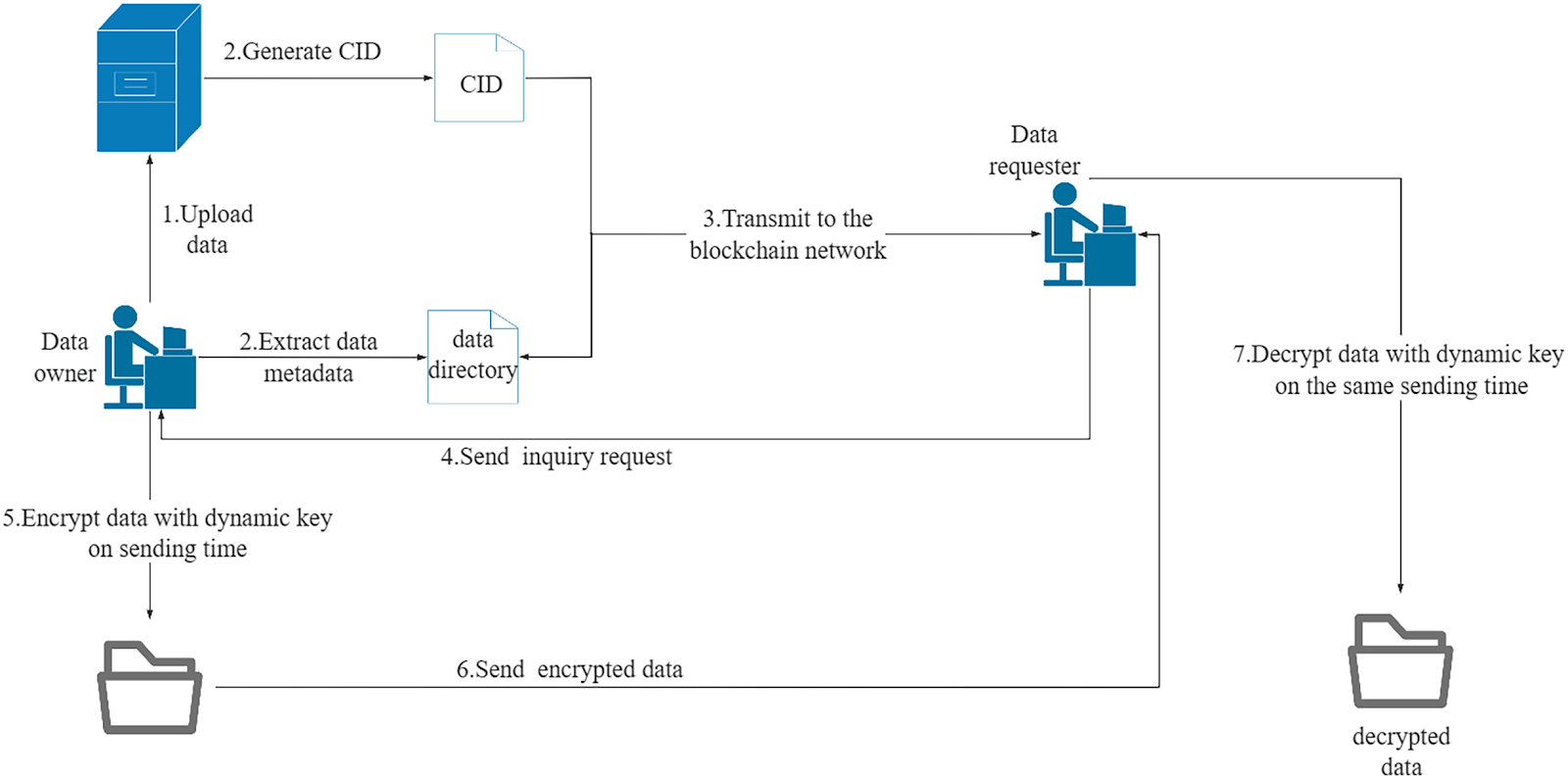
Blockchains are distributed ledgers where data is recorded in blocks and validated by a network of nodes. Once added, data cannot be easily modified — making it secure and tamper-resistant.
They are ideal for storing:
Popular blockchains for decentralized apps include Ethereum, Solana, and Polkadot.

dApps are apps that run on decentralized infrastructure — often on top of a blockchain. They don't have a central server and instead operate via smart contracts and peer interactions.
Use cases include:
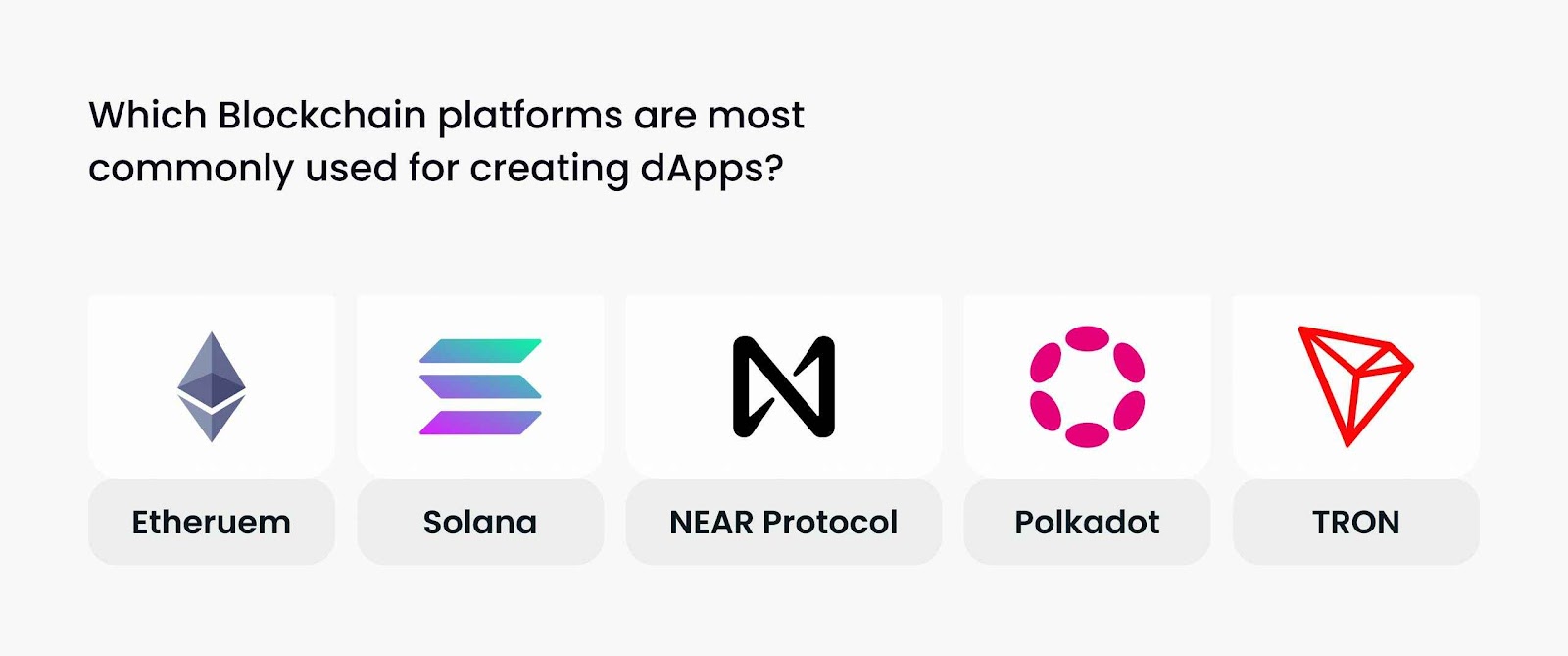
Traditional logins rely on third-party identity providers (Google, Facebook, etc.). In decentralized systems, users manage their identity via cryptographic keys stored in wallets. This approach is called self-sovereign identity.
Benefits:
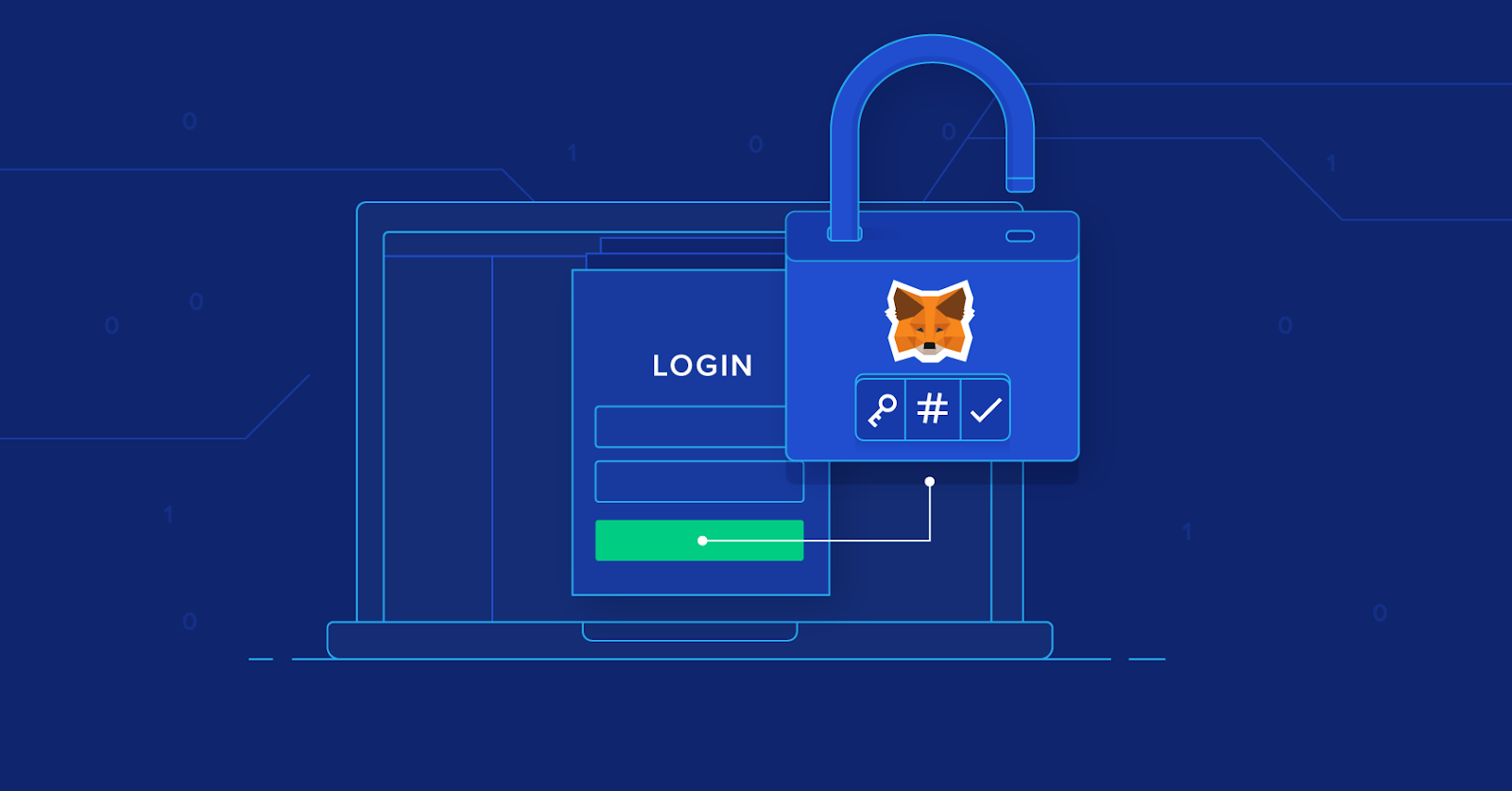
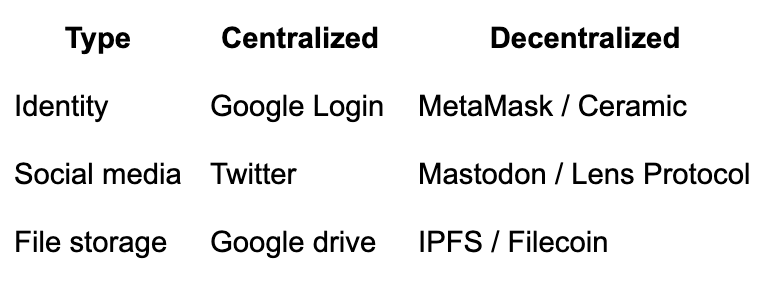
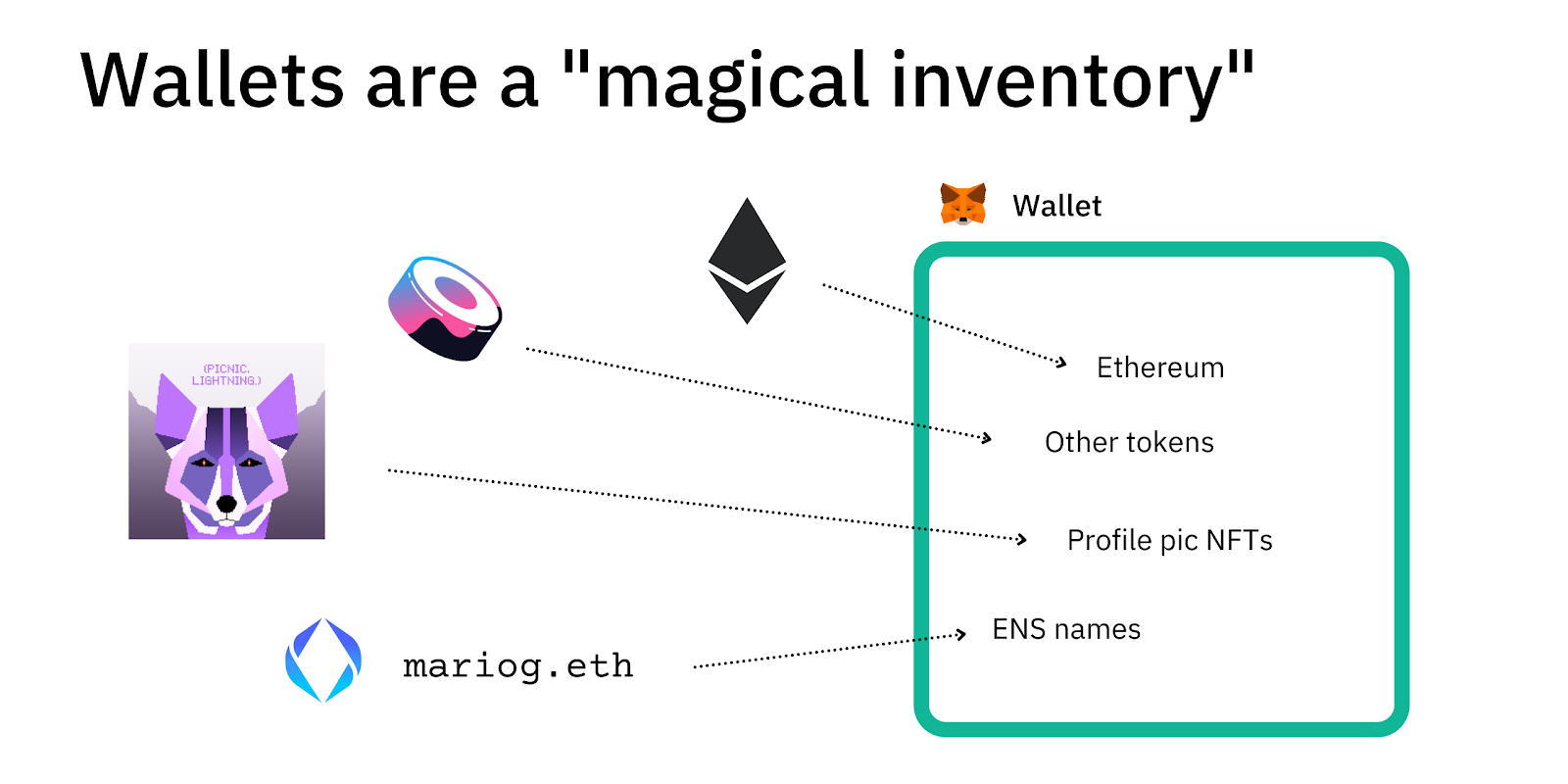
Despite its promise, the decentralized internet faces important hurdles:
1. Try a Decentralized Site
Visit an IPFS gateway and explore content hosted on decentralized networks.
2. Use a Crypto Wallet
Install MetaMask (or another wallet) and interact with decentralized applications (dApps).
3. Join Decentralized Social
Sign up on platforms like Mastodon or Farcaster to experience community-driven social networks.
4. Explore Storage Options
Upload files using Web3.Storage or Filecoin for decentralized and secure data storage.
The decentralized internet is not just a technical shift — it's a cultural and philosophical one. It's about giving control back to users, promoting transparency, and building systems that are more open and fair.
While it's still evolving and facing growing pains, the potential is enormous. As more people become aware of the pitfalls of centralized systems, the push for decentralization will likely become stronger.
If Web 1.0 was read-only, and Web 2.0 was read-write, then Web3 — the decentralized web — is read-write-own.

.svg)